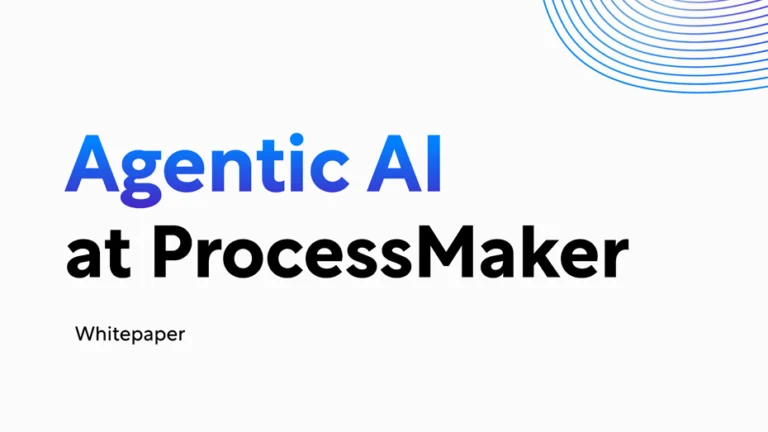QAD vs. SAP: Differences Between Approvals
Choosing an ERP vendor can be a risky decision since ERP technology is notoriously rigid, complex and costly to deploy. It is also growing more complicated because many of the major vendors are in the midst of a shift from on-premise to cloud-based operations. The shift, while being a good thing in the long run, will take years to complete — and, unfortunately, clients who are currently using an ERP run the risk of being alienated and confused during the process. This is the reality of the industry, and anyone who has successfully acquired clients over the past two decades faces a big challenge as they start moving clients over to the cloud. The bottom line is that all vendors eventually want to get to the cloud as their final destination.
QAD vs. SAP
Many ERPs are going to end up charging millions of dollars per client to help them migrate over to the cloud and rework custom on-premise implementations so that they can fit into common cloud architectures. During this process, many customers will be deciding between SAP and QAD. These are two of the biggest players in ERP for manufacturing companies. For both SAP and QAD, many customers look for BPM systems to deal with ERP-related workflows. This is because customers are extremely dissatisfied with the workflow functionality in these and other ERP suites.
Range of Use
When searching for an ERP solution, it is important that the software you choose understands your industry. Otherwise, you risk going back and forth with your provider as you try to find ways to tailor the software to your specific needs. However, QAD and SAP have significant differences when it comes to their range of use.
QAD
QAD is an extremely specialized ERP suite that is mainly designed for manufacturers. It focuses mainly on six industries:
- Automotive
- Consumer products
- Food and beverage
- High tech
- Industrial
- Life sciences
That means that QAD might be a great option if your company fits into one of these industries. If not, it’s probably better to look at other options.
SAP
SAP is a highly adaptive type of software that can be applied to almost any type of industry, including manufacturing. Today more than 183,000 customers (including customers from the acquisition of Sybase) in 130 plus countries use SAP software applications. Contrary to the common knowledge that SAP is for big businesses, today over 80% of its customers are small and medium enterprises. Nonetheless, 80% of Fortune 500 companies use one or the other SAP applications. SAP is the ERP market leader. Combined with SAP’s ability to integrate with external applications, this ERP is certainly the most popular. However, the high costs associated with SAP tend to be the big sore point for many customers.
Cloud Computing
At this point, if companies aren’t putting together a strategy to move to the cloud, they are facing certain death. QAD and SAP vendors are migrating customers to the cloud as quickly as they can but they are coming up against a lot of challenges.
The next two to three years are going to prove to be very vulnerable to SAP. They are one of the last giants to try to swap out the license revenue model for a cloud subscription model. Their suite of large enterprise solutions has evolved but they have no more major on-premise releases planned. All the new innovation is in S4 Hana, their cloud solution. But what if you have already invested millions of dollars in on-premise customizations? Those cannot be easily migrated to S4 Hana. Companies must negotiate with their SAP partner and plan their migration. This won’t be an easy task.
SAP is now even getting into the hosting business. It seems that they do not want their business to be trapped in AWS. Do they see AWS as a future competitor? Think about it. Almost every large technology company on the planet should be somewhat paranoid that AWS might eventually get into their core market. Just like Amazon decided to start letting companies use its hosting infrastructure and created a business worth tens of billions of dollars, it is easy to imagine why and how they might get into the ERP business. Amazon is arguably the most important supply chain company in the world. How hard would it be to offer a hosted ERP business which includes logistics, manufacturing, delivery, and more?
Process Management
Even though ERPs often come with built-in process-management capabilities, they are often bare-bones and only come with the most basic of tools. Additionally, modular upgrades and add-ons, one of the most cost-saving features of ERPs, can lead to fragmented process management since it divides workflow organization into departments or modules rather than tasks. This makes it harder to map process functions smoothly from beginning to end. Using BPM software alleviates this problem by making connections between departments and defining the ownership of individual tasks and the entire process.
QAD approvals offer simple process-management and mapping capabilities, but it lacks connections and APIs with external BPM solutions. Trying to adapt QAD ERP to provide full workflow automation capabilities can lead to snowballing costs. It’s important to be able to look to outside solutions such as ProcessMaker for QAD.
SAP’s cloud capabilities allow it to be connected seamlessly to a variety of external applications, including BPM software. For SAP users, ProcessMaker readily connects with existing SAP software to provide a lightweight BPM solution that complements SAP’s capabilities. ProcessMaker’s easy-to-learn and user-friendly interface help users bypass the steep learning curve associated with ERPs. This includes SAP approvals and decreases costs by customizing your ERP experience without having to hire a team of consultants to make modifications for you. This method is the best for getting the most out of your ERP and process automation.
Challenges in the Cloud
Both QAD approvals and SAP approvals face challenges moving to the cloud. They are extremely vulnerable and both will accelerate acquisitions, which is why they need to cover more potential vulnerabilities, like hosting. In terms of process management, ProcessMaker fits right in with SAP and QAD approvals to provide a lightweight solution to SAP’s process-automation limitations. It enables you to transform workflows from vague departmental components to a comprehensive, well-defined process completed by a team of people from multiple departments.
To learn more about how to use ProcessMaker to complement SAP’s capabilities, take a look at the release of ProcessMaker’s Version 3.2.





